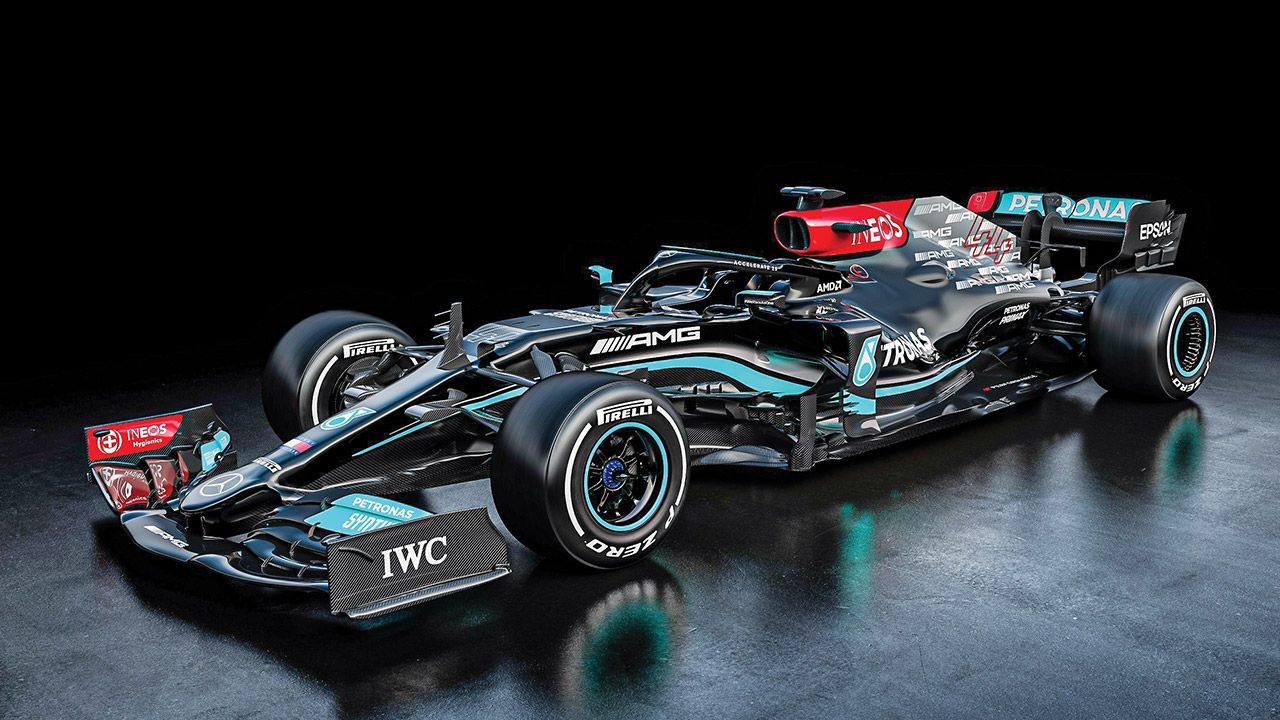
Money makes the world go round and keeps the wheels of the F1 circus spinning…
Those who understand the way that Formula 1 works will not have paid much attention to Ferrari’s ‘team launch’ on February 26, nor have been bothered about the news that Fernando Alonso will not be attending the relaunch of the Renault F1 team as Alpine. These things are not that important in the overall scheme of things.
What really matters is the money that keeps the sport afloat, and that has been under question since the end of last year. The first three-quarters of 2020 produced revenues of $661 million, which compares with a figure of $1.5 billion for the same period in 2019 – that’s a deficit of $839 million. It was hoped that the final quarter would improve matters, but in reality, there was not much likelihood of that and there was no chance at all of reaching the full-year 2019 figure of $2.02 billion.
Why does it matter? Well, not only has the commercial rights holder made a substantial loss, but it’s also important to point out that the annual revenues of the 10 Formula 1 teams, which are based on percentages calculated from the annual revenue figure, have dropped substantially – the prize fund was effectively down by 42.75% compared to last year.
However, the actual payments, as per the SEC filings, reveal that team payments were $711 million – compared to $1.01 billion in 2019. That is a reduction of just 30%. That’s a big hit nonetheless, but it is less than was expected. This is the joy of the so-called Concorde Agreement, the commercial contract that dictates how the sport is run. It is a completely secret document, and while F1 journalists are constantly trying to work out the details, there are times when things do not make sense!
However, it’s safe to speculate that some of the team payments that were made were in the form of loans early in the year, when everything was closed down, and teams were in danger of getting into trouble because of their cash-flow.
The Q4 figures were pretty much as expected, with revenues of $485 million, compared to $523 million in 2019. This was achieved by the hosting of more races than normal in the three-months in question (Oct-Nov-Dec), and by the fact that some of the contracts were not fully paid until the sport reached the required 15 races that locked in the signatories to the various contracts. There were, no doubt, some discounts because there were only 17 races rather than the planned 22, but the majority of the fees were paid. But, with only $661 million in the first three-quarters and $485 million in Q4, the overall full-year total was still only $1.145 billion, compared to $2.022 billion in 2019.
The teams were expecting to take a big hit – not only because of the prize fund but also because their sponsorship revenues will likely have dropped because of the reduction from 22 to 17 races – and this is why, when the pandemic was in full swing, they all voted to freeze development of the 2020 cars and (basically) use the same cars again in 2021 (with a few minor tweaks). This is why the budget cap was reduced more than planned and why the engine freeze was first introduced (this was later brought forward to 2022). All this helped to reduce the outflow of the teams, but with such a big drop in their revenues, some of them had to take on more debt and others had to sell equity in order to balance their books as much as possible. At least the waiting is now over and they know the numbers that they are dealing with. This means that the finance people can now work out how much money should be spent on the 2021 campaigns and how much should be used to develop the new 2022 cars. The sport is very keen to have as many races as possible in 2021 and hopes to have as many paying spectators as possible too – because it’s often their money that is used to pay the race promotion fees.
What will happen on the race tracks in 2021? Well, it’s quite likely to be pretty similar to 2020, with little that can be done to the cars to improve their performance. However, there is a complicated token system in place that has allowed some additional aerodynamic and engine development, and Ferrari and Honda in particular hope that the changes that they have made to their engines, courtesy of the one upgrade that they are allowed, will put them into contention with Mercedes. Perhaps that will happen to some extent, but will additional performance impact reliability?
We don’t know. If I were a betting man – which I am not – I would still put money on Lewis Hamilton, but I suspect that Red Bull-Honda will be closer and that Ferrari will move up a bit as well. That can only be a good thing, as Ferrari remains the big name in the sport – the one that matters. When Ferrari has a bad year, Formula 1 cannot be as successful as it could be. That is fine, so long as Ferrari doesn’t try to take advantage of its position…
Joe Saward has been covering Formula 1 full-time for over 30 years. He has not missed a race since 1988.
Read more:
























Write your Comment